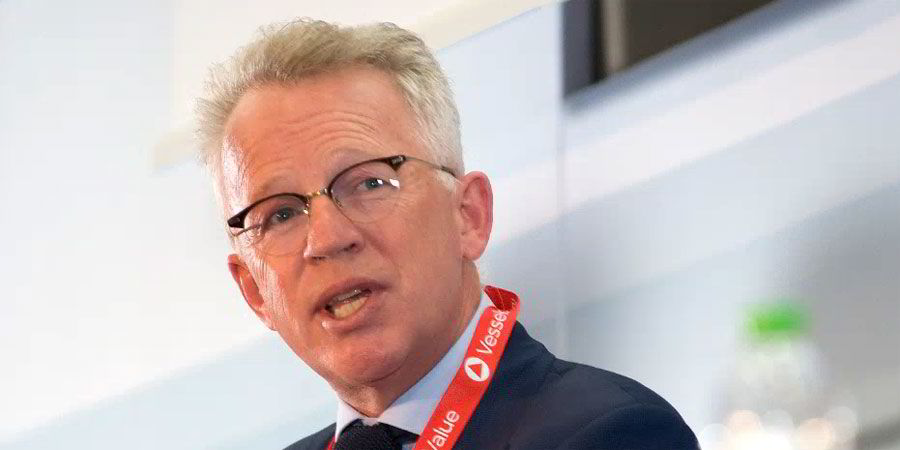New trade flows out of the Atlantic Basin are helping tanker tonne-mile demand in the face of cuts in Opec crude oil output.
But tanker executives said today that newbuild deliveries continue to be the main risk, with more supply coming later this year, and the potential for a new round of newbuild ordering.
Euronav chief executive Paddy Rodgers told attendees of the Capital Link International Shipping Forum in New York that crude oil demand remains resilient despite the price gains in crude oil.
The cuts by some Middle East producers has meant greater diversity of trading, with US crude now moving to China, Rodgers says. The main reason VLCC rates have moved from $40,000 per day to $25,000 per day is the number of new VLCCs hitting the market.
"The additional supply of tonnage is the main factor in the market," Rodgers said. "Rates are weaker but the volumes stay high."
He expects rates to remain largely rangebound in the current year, with more potential weakness coming in the next two quarters. The fourth quarter might be also difficult as more ships come into the market.
"We could have more of a downturn, but I don't think it's going to be a shocking year," Rodgers said.
Lois Zabrocky, chief executive of International Seaways, agreed that US exports are adding to tonne-mile demand. As long as global crude oil demand growth stays around 1.3 million to 1.5 million barrels per day, she says that "level of demand is constructive for us."
"We are starting to see more crude leave the US," Zabrocky said. "There is reverse lightering going on in the US Gulf, with smaller ships moving oil onto larger tankers."
Despite the weaker rates, owners have not yet thrown in towel, Zabrocky says. While asset values are down, they are not yet many distressed sale prices out there.
"There could be more pain to come as we absorb supply, but we are not at a point of capitulation," Zabrocky said.
Robert Burke, chief executive and partner of Ridgebury Tankers, says the technological gains occurring in shale oil development in the US could push its production above 9 million barrels per day, which will likely feed into the export market.
"When Opec cut, we thought more oil would come out of Atlantic Basin," Burke said. "We're hopeful that will continue."
But Burke says the orderbook for tankers "remains problematic" with a number of newbuilds to be delivered at year's end.
"We are definitely pessimistic as we get toward the end of the year," Burke said.
Rodgers says the main risk in tankers remains the level of capacity in South Korean shipyards. Government incentives are keeping yards open and they are competing more on price. low prices might entice more owners to order more ships. Moreover, new financing from China might also mean more newbuild ordering.
"The real risk is what's going to happen to Korea shipyard capacity," Rodgers said. "Can we keep government funding out of shipping? Will there be a grey market for financing? These are the factors that worry us."
For more news from the Connecticut Maritime Association, Capital Link and other events this week, click here.



